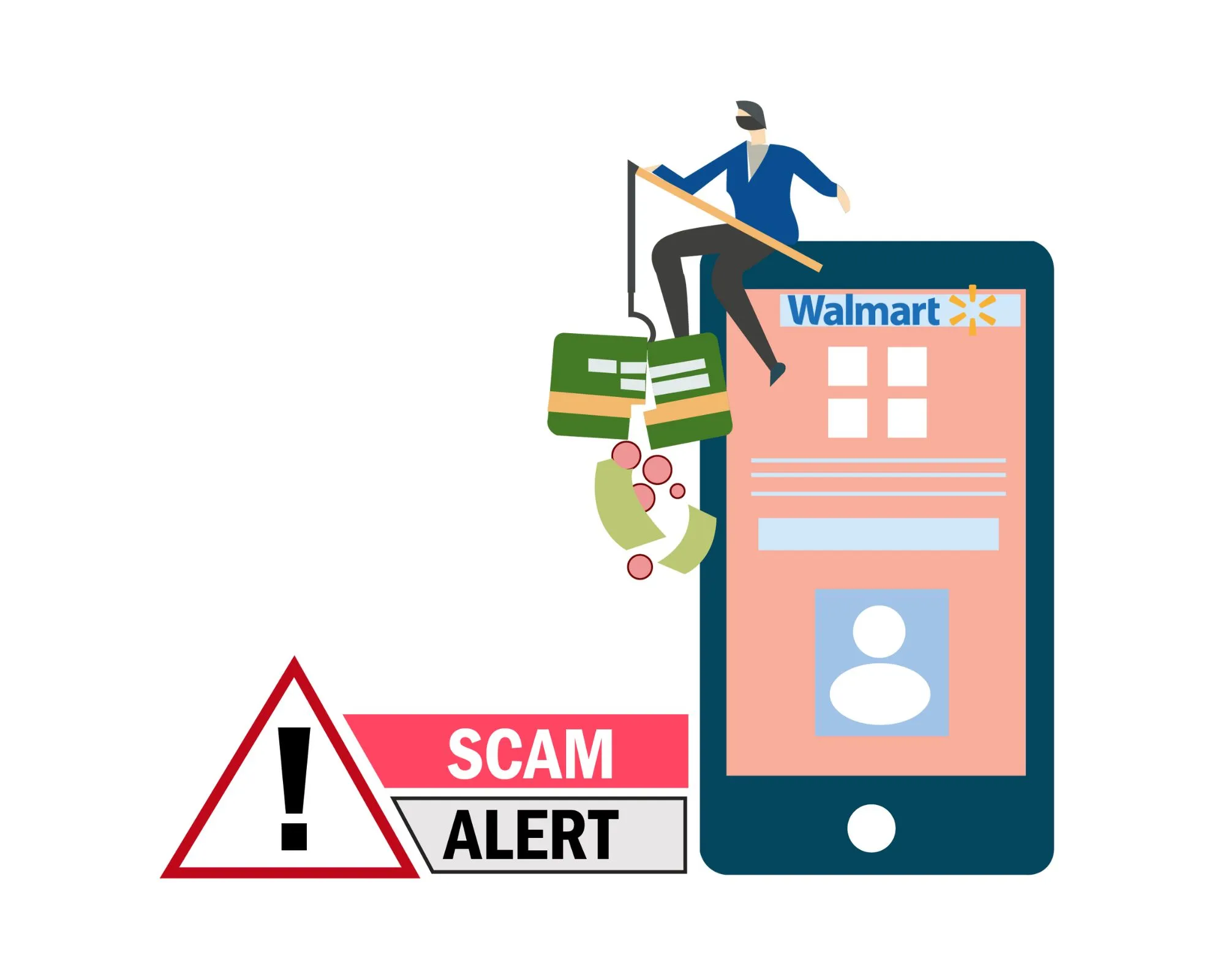How to Avoid Walmart Email Scam in 2023

Has Walmart recently emailed you about shipping a package you haven’t ordered? Or does the mail ask you to provide more details to complete a non-existent purchase?
If that’s the case, don’t open it. Chances are it’s a phishing email designed to steal your private information.
And you’re not alone. Cybercriminals targeted over 170,000 Walmart customers with such scams in 2022. And what’s even more alerting is the fact that almost half of all phishing attacks are successful.
But don’t panic:
We’ll share tips for identifying genuine Walmart emails, so you don’t fall victim to hackers.
Let’s dive right in.
How do I know if Walmart email is real?
To determine if a Walmart email is genuine, check the email’s subject first.
Most titles for scam emails revolve around pending purchases and delivery issues with your package. Consider such a message fake if you haven’t recently shopped anything.
But what if you have?
Simple! Double-check your Walmart account to see if the order details match the email.
Established businesses also don’t use generic emails from Gmail, Yahoo, and Hotmail. As such, Walmart’s emails usually have the retailer’s official domain, walmart.com.
Some suspicious examples to look out for include:
However, hackers can use a technique called cybersquatting to hoodwink you. They use misspelled or modified domains that closely resemble that of a business.
For example, you can’t swiftly differentiate wallmart.com from walmart.com. So, always look carefully at the email’s domain to be sure.
Still not convinced?
Always be on the lookout for Walmart emails that claim you’ve won a lottery. Such scams require you to submit payment details to redeem the gifts.
Genuine giveaways from the retailer come at no cost to you. Moreover, you’ll receive a message in your account notifying you of any winnings.
How to stay safe?
You need to take extra precautions to stay safe from suspicious Walmart emails. Consider adhering to the following tips to safeguard yourself.
Here’s the breakdown:
To start with, delete any mail from a sender pretending to be Walmart. It will shield you from the urge to interact with a potential scammer.
Don’t click on hyperlinks and files attached to such emails. They’ll redirect you to phishing websites, where your private details can get stolen.
The links may also trigger your system to install data-harvesting malware. Or, even worse, a ransomware infection can get hold of your device.
Moreover, ignore Walmart emails asking you to provide personally identifiable information. These include your name, credit card details, social security number, etc.
Ultimately, getting a good antivirus can boost your safety and security. TotalAV, for example, offers real-time protection through its WebShield extension. The feature blocks fake, scam, phishing & ‘spoofed’ websites. So even if you fail to steer clear of suspicious hyperlinks, the antivirus will prevent malicious apps from installing on your system.
Conclusion
Walmart is a favorite online shopping platform for many consumers. Unfortunately, such popularity makes its customers a target for phishing email scams.
So, how do I know if Walmart email is real?
To sum up, pay attention to the sender’s domain, the email’s subject and content. They are telltale signs to look out for.
Also, for your safety, avoid clicking on attachments that may install malware on your device or lead you to scam websites. Finally, a good antivirus can shield your device from malicious attempts.



User forum
1 messages